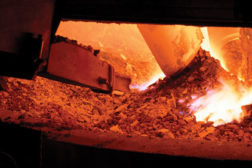Home » Keywords: » environmental exposure
Items Tagged with 'environmental exposure'
ARTICLES
Newest way to study environmental health: wristbands
Silicone accessories go beyond trendy causes
April 1, 2014
Get our new eMagazine delivered to your inbox every month.
Stay in the know on the latest safety trends.
SUBSCRIBE TODAYCopyright ©2024. All Rights Reserved BNP Media.
Design, CMS, Hosting & Web Development :: ePublishing




